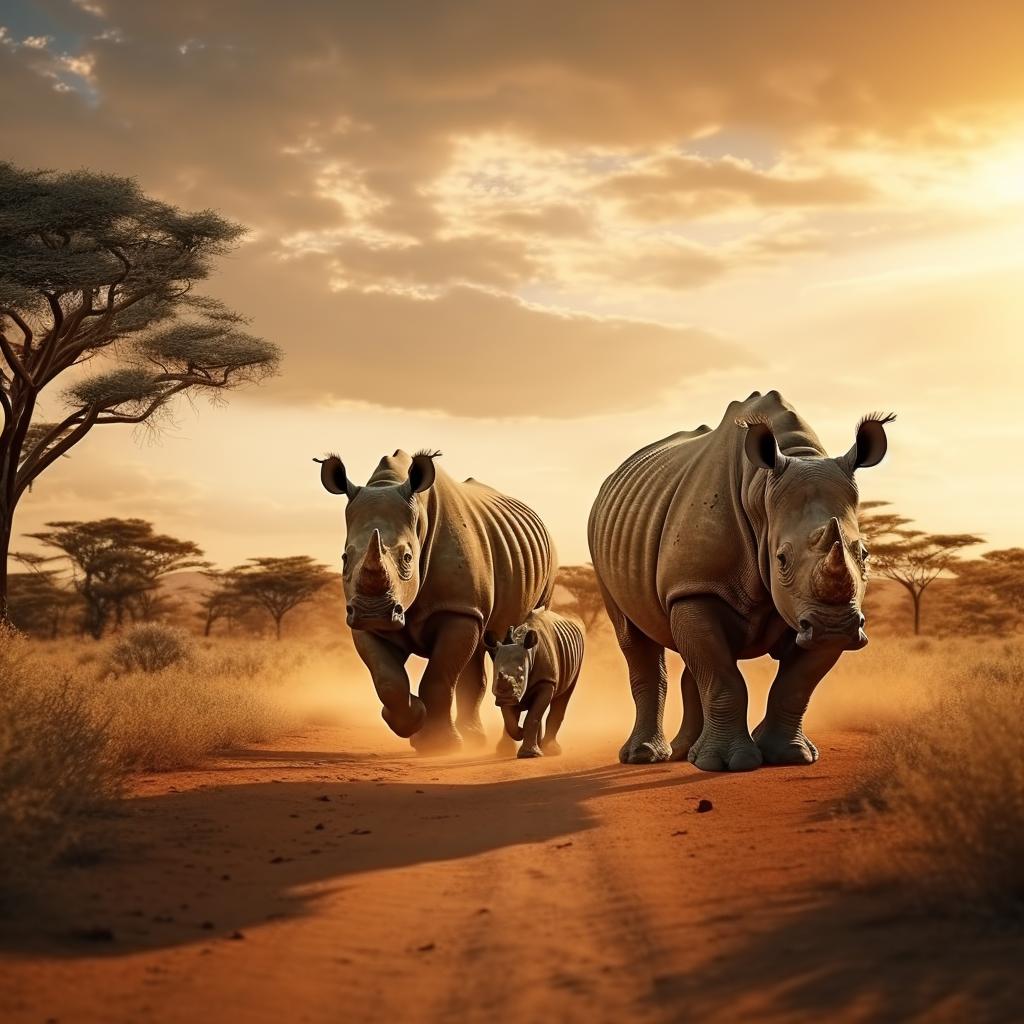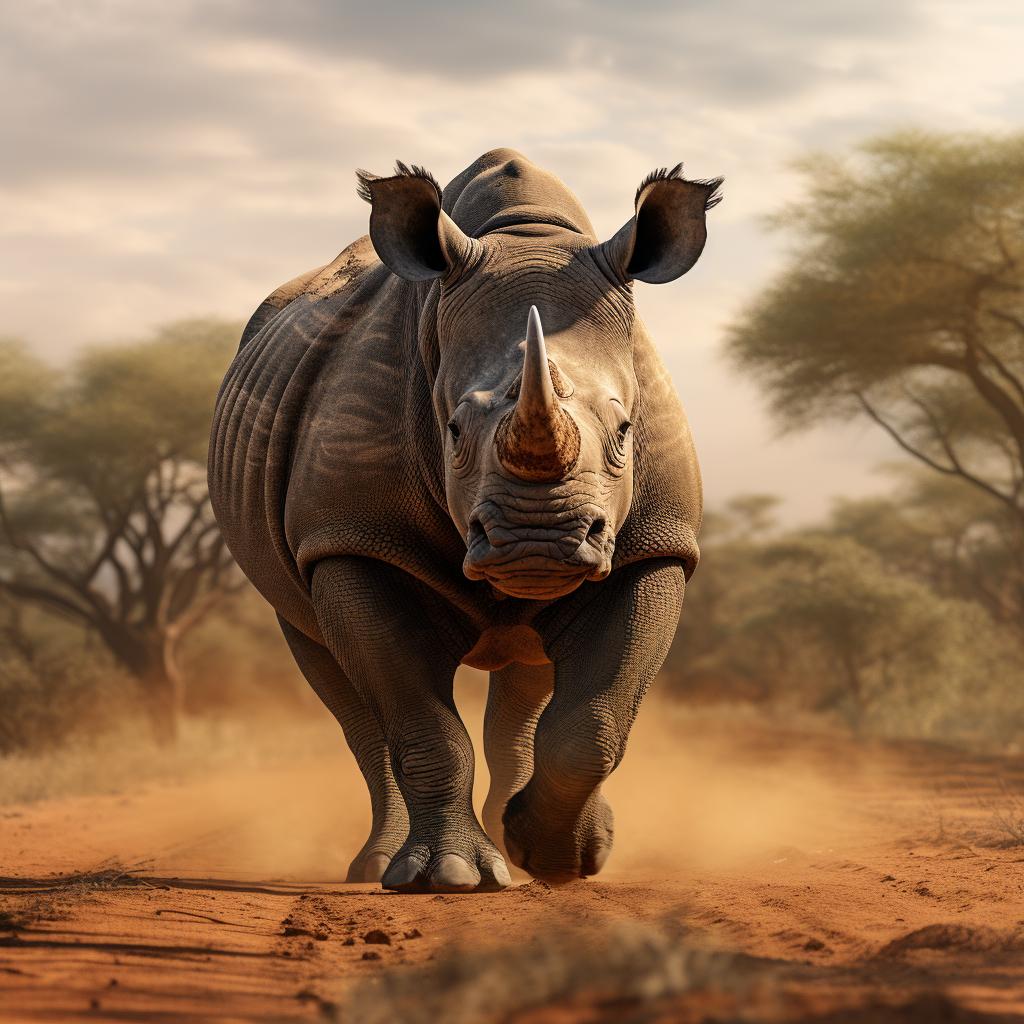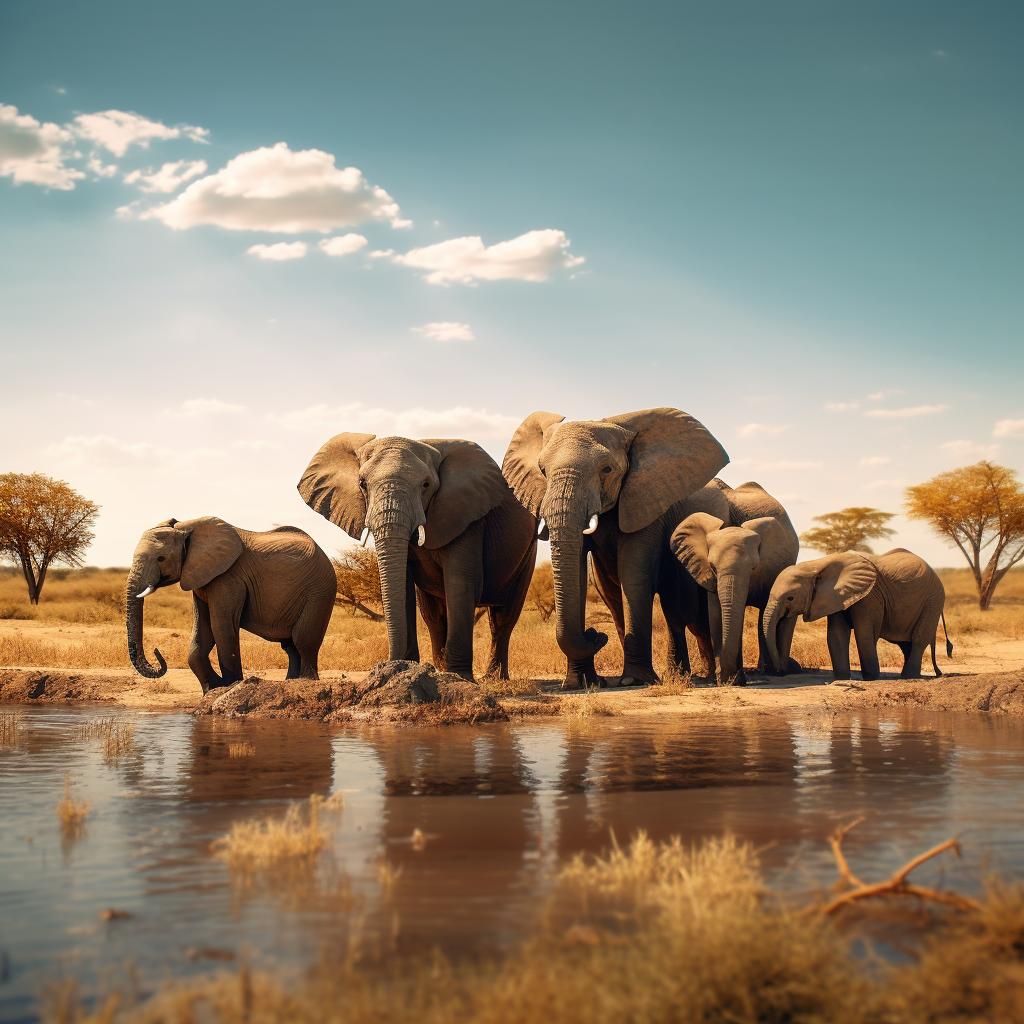Overview
Rhinos, the ancient giants of the savannah, are massive herbivores, with the white rhinoceros being the largest species, weighing up to 5,000 pounds (2,300 kilograms). Their size, tough skin, and formidable horns make them a force to be reckoned with in the animal kingdom.

When
The best months if you are planning a trip to see rhinos are June, July, August, September and October.
Where
The best countries for spotting rhinos in the wild are Namibia, South Africa, Nepal and India.
Diet
These gentle giants are primarily grazers, and their favourite food is grass. They spend hours each day munching on vast quantities of grass to meet their nutritional needs. Some species also browse on leaves, twigs, and shrubs.
Habitat
Rhinos inhabit diverse habitats, ranging from grasslands and savannahs to wetlands and dense forests. They require access to water sources for drinking and wallowing, as well as sufficient vegetation for grazing.
Best Countries To See Rhinos
Namibia
South Africa
Nepal
India

Best Time Of Year To See Rhinos
In many rhino habitats, the dry season can offer better visibility as vegetation thins out, and animals gather around water sources.
Dry seasons are typically characterised by less rainfall and occur during different months depending on the region. Generally, the dry season runs from June to October.
Where You Are Most Likely To See Rhinos
1. Etosha National Park, Namibia: Etosha is home to both black and white rhinoceros populations. The park has well-established waterholes that attract a variety of wildlife, including rhinos. Visitors can observe these magnificent creatures at close range, especially around the Etosha Pan area.
2. Kruger National Park, South Africa: Kruger National Park is renowned for its diverse wildlife, including a significant population of both white and black rhinos. The park's extensive network of roads and well-organized guided safaris provide excellent chances to spot rhinos roaming across the savannah or near water sources.
3. Chitwan National Park, Nepal: Chitwan National Park is a UNESCO World Heritage Site and a prime location for rhino sightings. It is home to the greater one-horned rhinoceros, also known as the Indian rhinoceros. Exploring the park's grasslands and wetlands on foot, by jeep, or on elephant-back can offer thrilling encounters with these prehistoric-looking creatures.
4. Hluhluwe-iMfolozi Park, South Africa: Located in the KwaZulu-Natal province, Hluhluwe-iMfolozi Park is renowned for its successful rhino conservation efforts. It is home to a substantial population of both black and white rhinos. Guided game drives in this park provide opportunities to witness these majestic animals up close.
5. Kaziranga National Park, India: Kaziranga National Park in Assam, India, is a UNESCO World Heritage Site and one of the best places to see the Indian rhinoceros. This park boasts the largest population of this species in the world. Exploring Kaziranga's grasslands and marshes on guided jeep safaris or elephant-back offers unforgettable encounters with these impressive creatures.


